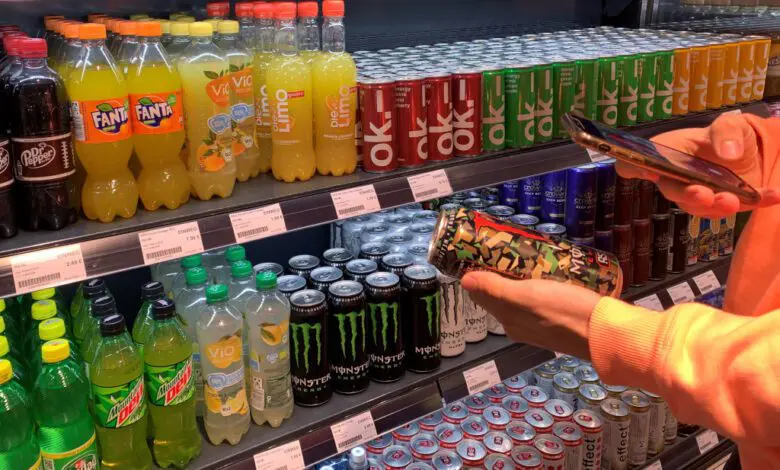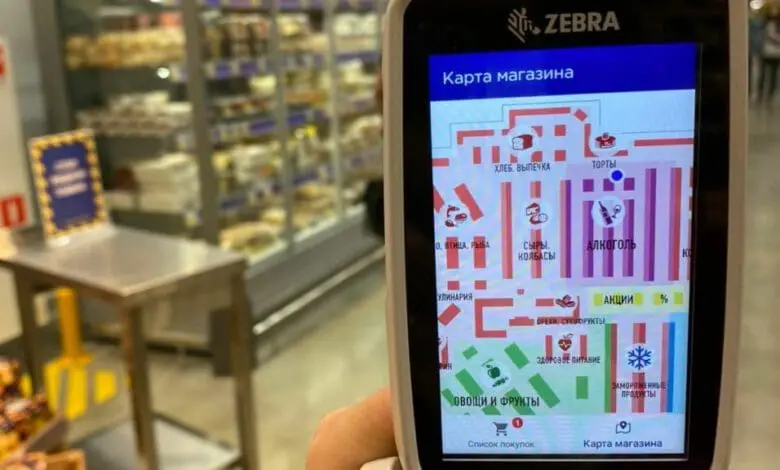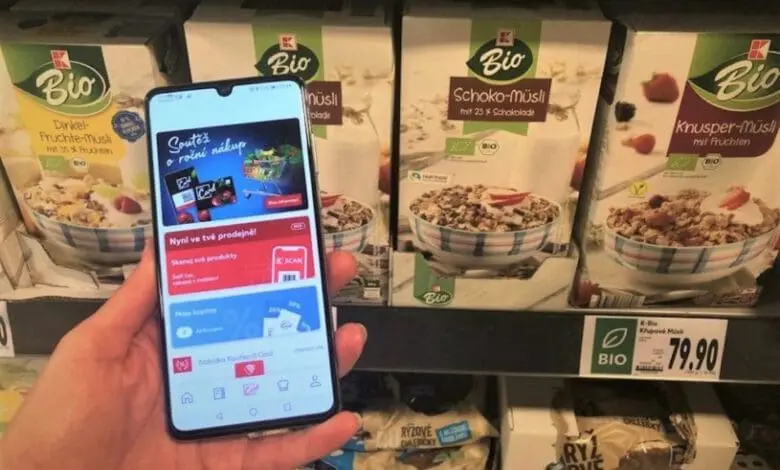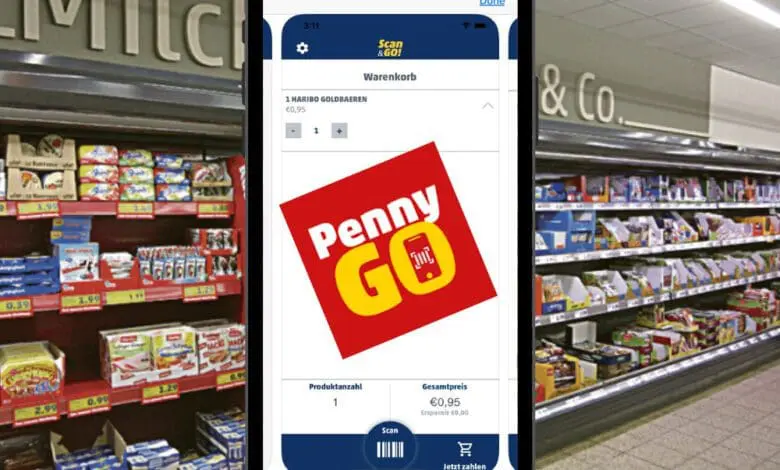Currently, retailers offer their customers the opportunity to scan items while shopping in over 46,000 stores worldwide. By 2027, this number will more than triple, according to the latest study of British market research company Retail Banking Research (RBR).
Read more >>Re-Vision
Lenta turns its Zebra mobile self-scanners into navigation devices with software from Re-Vision and indoor positioning specialists Signify. The team of the Russian hypermarket operator also want to use the solution in future to offer individual promotions depending on the location in the store.
Read more >>Kaufland is introducing self-scanning with customers' smartphones in its shops in the Czech Republic. Software partners are the Dutch specialists of Re-Vision.
Read more >>After initial tests in two stores in Cologne and Marburg last year, Rewe Group's discounter Penny is starting the roll-out of its mobile scanning solution in an initial 111 stores in the coming weeks.
Read more >>



